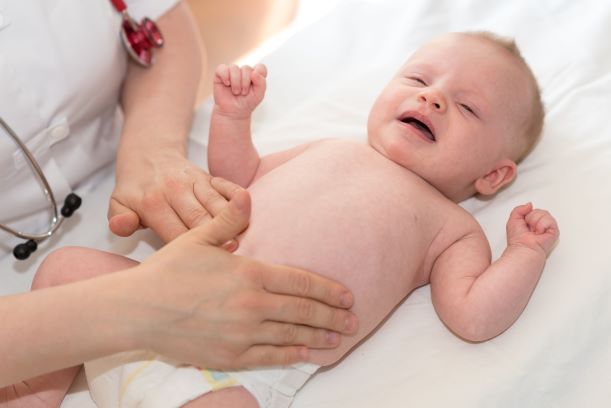The condition of backflow of urine, causing the kidneys to swell is known as hydronephrosis. Infants, are diagnosed with hydronephrosis either before, or after birth. Experts like urologist in Karachi can diagnose the condition before birth during a prenatal ultrasound. Read on to know more about diagnosing hydronephrosis in children and how to manage it:
What is Hydronephrosis?
Hydronephrosis is a condition due to blockage in the urinary tract causing a reflux of urine. Alternatively, hydronephrosis occurs due to abnormal kidney development, due to genetic causes. About 1 in a hundred babies present with hydronephrosis and the subsequent kidney swelling.
What are the Symptoms of Hydronephrosis?
Newborn babies with hydronephrosis often present with no or few symptoms. In fact, the mild cases may improve on their own without intervention. In moderate to severe cases, the symptoms include: abdominal pain, flank pain or blood in the urine. Older children are more likely to present with persistent feeling of needing to micturate, back pain, fever, vomiting, pain in the lower abdomen and cloudy urine.
Children with hydronephrosis often develop a urinary tract infection, which presents with: painful urination, back pain and high-grade fever. However, in infants, UTIs can be difficult to diagnose and can present with fever of unknown origin.
What are the Causes of Hydronephrosis?
Blockage of the ureters can occur due to:
Ureteropelvic junction obstruction: any blockage at the point of ureteric insertion into the kidney pelvis causes ureteropelvic junction obstruction. This narrowing makes drainage of urine into the bladder difficult.
Vesicoureteral reflux: this happens when a backflow of urine occurs at the junction of the bladder and ureter as the muscle there does not prevent this. During the emptying of the bladder, the pressure allows the urine to flow back into the kidneys.
Ureterovesical junction obstruction: alternatively, a blockage can occur at the point where the ureter enters the bladder. This obstruction will not let the urine flow smoothly from the kidneys into the bladder and cause hydronephrosis.

Posterior urethral valves: this is a congenital condition, occurring in boys whereby abnormal flaps form in the urethra, causing bladder obstruction. Posterior urethral valves result in vesicoureteral reflux and hydronephrosis.
Ureterocele: this is the bulge in the ureter that obstructs the kidney, and often the bladder as well.
Ectopic ureter: this is a rare condition with an extra or a dislocated ureter that does not connect to the bladder. The urine present in this ureter thus exerts a back pressure on the kidneys when it overflows, thereby causing hydronephrosis.
Idiopathic: in certain cases, the exact cause of hydronephrosis is not known. This is called idiopathic hydronephrosis.
How to Treat Hydronephrosis in Children?
Depending on the severity of the disease, the management is based on:
Watchful waiting in mild to moderate cases, the patient is observed through clinical investigations like ultrasound, before and after birth. As the baby gets older, the healthcare professional will monitor for kidney damage and recommend surgery if the disease is worsening.
Antibiotics: in select cases, antibiotics are added to the regimen to prevent superadded infections due to urinary stasis or if a urinary tract infection (UTI) develops. In male babies with hydronephrosis, circumcision lowers the chances of UTI.
Prenatal surgery: a drainage tube is placed in the baby’s bladder to drain the urine, in severe cases alone. This procedure carries risk and is only performed in special cases.
Surgical correction: surgical correction improves urine flow and prevents worsening of hydronephrosis. The most commonly performed procedure by urologist in Lahore is pyeloplasty, involving removal of the obstructed part of ureter and reconnecting the healthy portions together. This procedure has a high success rate—of about 95 percent—but additional surgeries may be needed.




